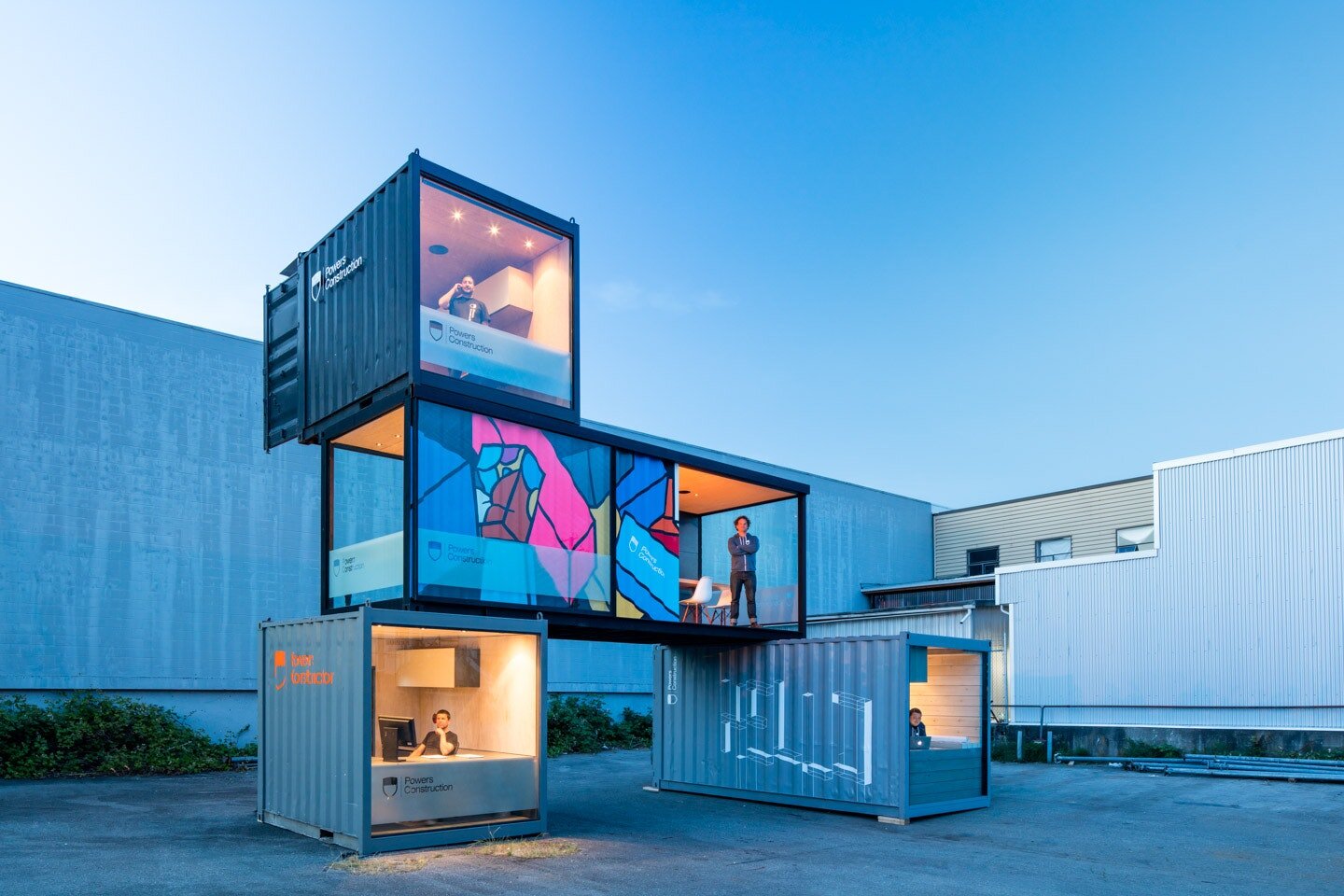The Year of Immunity
1.2021: The Year of Immunity.
If 2020 was The Year of Covid-19, 2021 will be known as The Year of Immunity.
It will take at least all year for a majority of the people in many countries to be inoculated.
It is increasingly apparent that 2021 will be like 2020 with most people working from home, events and restaurants partially filled if they are allowed to occur or open, schools grappling with how and if they restart, as well as a slew of other challenges.
We are coming to the realization that while there is a light at the end of the tunnel, we are only slightly more than halfway through the tunnel.
This is creating significant mental anguish in large parts of the population.
Mothers with young children are amongst the worst impacted with millions of women having to give up work and millions of others who lost work due to the shutdown finding that the period of their unemployment has been extended and they themselves are over extended.
The Year of Immunity will at its end bring the great benefit of controlling the disease, eradicating its most harmful aspects and enabling a less isolated life.
But the implications of 18 to 24 months of a significantly altered form of living will bring about it many more permanent changes in every aspect of society than if the shutdown had been shorter.
A recent Wall Street Journal article hammers home the reality that we are likely to live with Covid for years like we do with the flu, measles and HIV, even after many of us are vaccinated. Many industries are now planning for this “new strange” as it is clear there is going to be no “new normal”.
2. The Unbundled Workplace.
In the first months of the lock-down everyone was counting the days to when they could return to the way they worked in December 2019.
As 2020 progressed many employees and management found that for most industries there was no significant drop off in productivity from a distributed workplace and the drawbacks of not being with teams was often offset by the increase in flexibility and reduction in travel time and reduction in costs associated with working from home.
The new model that was being planned for was now a hybrid one with maybe 2 working days a week at the office and the others at home.
There is now however a new emerging mindset that the half at home and half at the office model makes very little sense. The Unbundled Workplace, which is gaining traction, suggests a future with very little time being spent in the office you left behind in March 2020.
The Unbundled Workplace will combine four spaces:
a) Home: The safety, the flexibility, the ability to focus (especially if school resumes and children are not underfoot), and the cost and time savings of not having to travel to work will ensure that the home office will be foundational space that most people will spend the majority of their time getting work done.
b) Distributed Work Pod: Either to enable gathering of teams or the option to work outside the home many companies will sub-lease space (e.g., We Work, Regus) near where clusters of their employees live. This will enable teamwork and getting away from home with a far more time and carbon friendly footprint.
c) Periodic Events/Experiences: Automattic (owners of WordPress and Tumblr) is a1800 person global company where everyone works remotely but teams get together at a location of the team’s choice (often exotic ones) for a few days every quarter to collaborate, build relationships and learn from each other. Every year for one week the entire company gets together for education, inspiration and bonding. Increasingly companies will create periodic events and experiences to offset the downsides of working at home which are difficulty in establishing and building relationships, culture sculpting and skill enhancement. There is no reason that this needs to be done in the offices left behind or a large capital expenditure needs to be allocated to re-configure spaces when far more impactful and cost-effective external options are available.
d) The Legacy Office: The old central office or HQ will remain but will be significantly downsized and be more of a gathering space for some key training or client meetings, a roosting place for senior management and a museum of relics and artifacts that are the key to the story telling and culture of the company. Most employees will likely spend less than 20 percent of their working year at this office.
When you hear the word hybrid model do not think it is about half time at the office and half time at work but rather think of four spaces with your old office being a tiny sliver of the time you spend in your future “workspace”.
A combination of two years of working differently which includes people moving to different cities, changed behavior and expectations of employees and clients combined with modern enabling technology is going to accelerate the great unbundling.
The second order impact of these changes on central business locations from parking to restaurants to hotels is going to be seismic. Cities are not going away but they are going to be dramatically re-structured. The Great Re-Wiring discusses some of these impacts.
In the Year of Immunity, it is unlikely that any HQ, any downtown and any old way of thinking about “the office” can be inoculated from the dramatic change underway.
And every person regardless of level is going to have to hone new skills and approaches to career management including learning to work as a “company of one” which is discussed in The Future of Work.
3. Immunity Inequality.
Bill and Melinda Gates warned in their annual letter that the lasting legacy of the coronavirus pandemic could be "immunity inequality" — a wide and deadly gap between wealthy people, with easy access to coronavirus vaccines, and everyone else.
These gaps will occur between industrialized and developing countries, between wealthy and less well to do people, between ethnic groups and between urban and rural dwellers.
Expect a rash of articles, scoops, shaming and more as people use connections to break the line and a focus on how many people in need and at greater risk are not being inoculated.
Another form of Immunity Inequality which will challenge society will be those who refuse for religious or other reasons to be inoculated putting a real dent in eradication efforts. In Israel which has done probably the best job of vaccinating its citizens a segment of the Ultra-Orthodox not only decline to be vaccinated but gather in huge groups without masks to bury their Elders who have died from Covid-19!
This Immunity Inequality will lead to a hierarchy of immunity with the most royal being those who get vaccinated first with whatever is considered the “it” vaccine of the moment.
Did you get vaccinated?
Did you get Moderna? Pfizer? Astra Zeneca? Johnson and Johnson?
Already the vaccination selfie is scaling worldwide…soon it will be branded.
4. The Year of Immunity is the time for companies to truly make their purpose, values and ESG promises a reality.
McKinsey recently published a piece on the risks and challenges of a global vaccine rollout.
It is among other things a logistic, education and data challenge of gigantic proportions.
If there is a moment for the amazing talent at companies with global scale, data expertise, micro-targeting and logistic chops called Google, Apple, Facebook, Amazon, Walmart, Walgreens, CVS, and other FTSE 100/Fortune 500 companies this is it.
Already Walgreens and CVS are deeply involved in the vaccination process and Amazon and Walmart are pitching in. Can you now imagine if the micro-targeting powers of social media algorithms were used to educate everyone about the vaccine all over the world? If the app that Google was forced into saying they were developing is fast tracked and actually launched globally. What amazing progress is possible if the best engineers and operational experts use their skills from getting me to click a link to helping save lives!
This is not a time to hedge since this is not about whether you are Democrat or Republican, for big or small government etc.
It is a time of life or death.
And we will see the true mettle of leaders.
Every company in the world should recognize what they did to help get more people informed, educated and to make vaccines accessible during The Year of Immunity will be a mark that will make them or one that will hurt them.
5. Resurrecting from the Year of Covid-19 and the Year of Immunity.
In May of 2020 in a piece called “The Great Re-Invention” the crisis was described as one that was likely to drive more change than anyone expected because it was going to be a combination of a health, financial and social crisis, it could and would touch everyone, and it was going to last longer than most people expected. As a result, people would start or stop doing things due to inertia or habit and new behaviors and expectations would be forged.
We were going to go through three phases. A phase where we had to face and address fragility of us as humans, of business and of society and government. There would be an emphasis on safety and security.
We would then move to sculpt resilience which would include re-thinking society, how businesses operated and managed their balance sheets and how and where people lived and worked.
But to come out better at the end we would need to move to resurrect!
This would mean tearing up every business plan and projection from December 2019 and starting with a blank sheet of paper and asking three questions:
a) How has my customer and consumer changed since the end of 2019. What new behaviors have they formed. What new needs have to be met?
b) How have we done as a company and team. What fault lines have been revealed? What has remained resilient? What new opportunities may be available? What new competitor have formed especially outside of the usual suspects?
c) Keeping a focus on customer needs and our own self-analysis what new products or services would we create with only three constraints being that 1) it has to be legal, 2) it has to be technologically possible today and 3) it has to break even in 3 years or less?
We should not think about how we re-start or go back, but rather how do we start afresh and move forward anew!
There is no vaccination against change.
All photographs by Andrew Latrielle.




